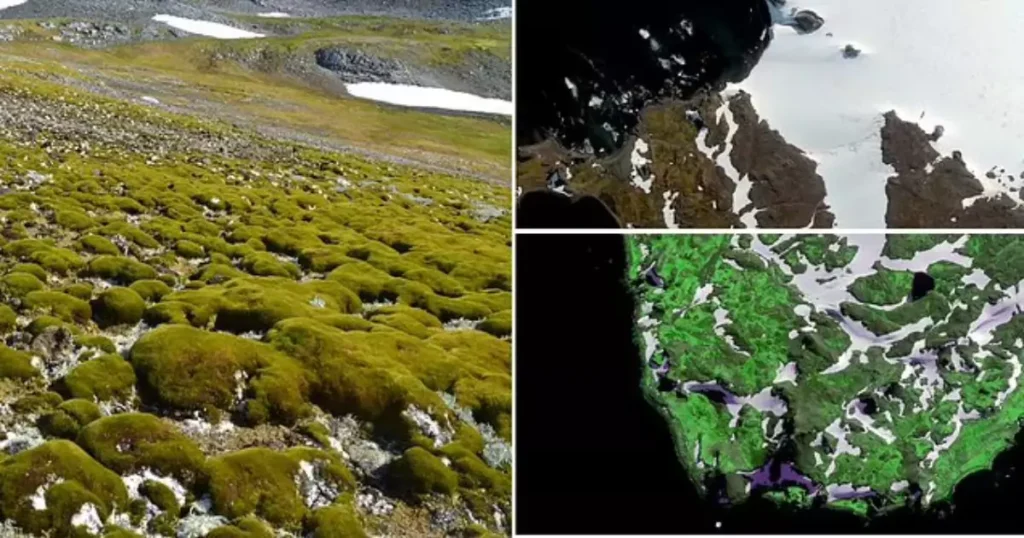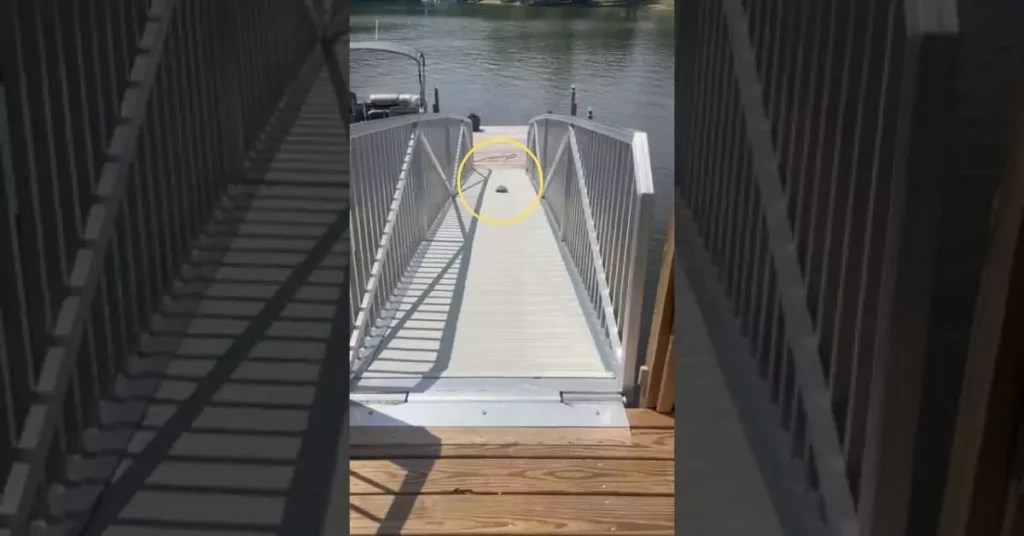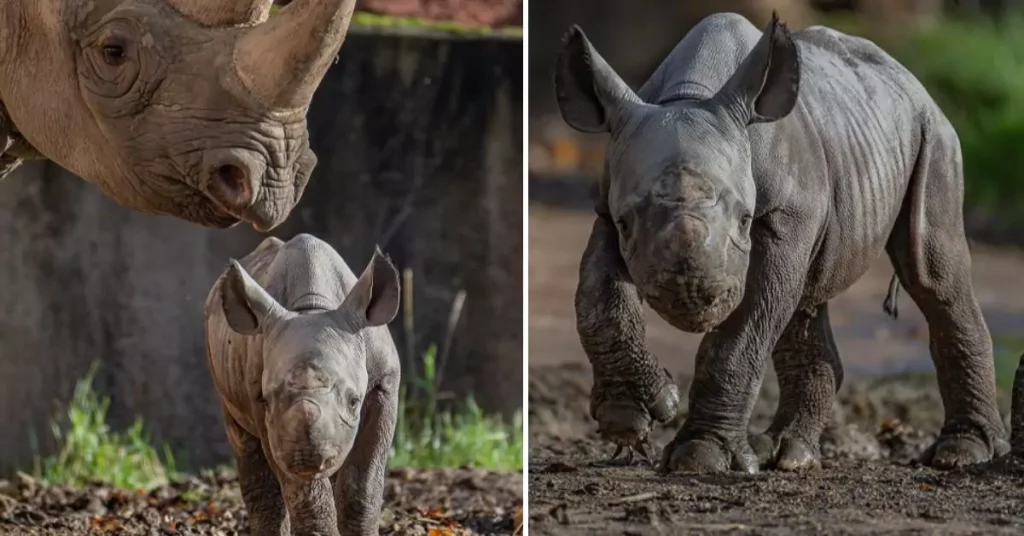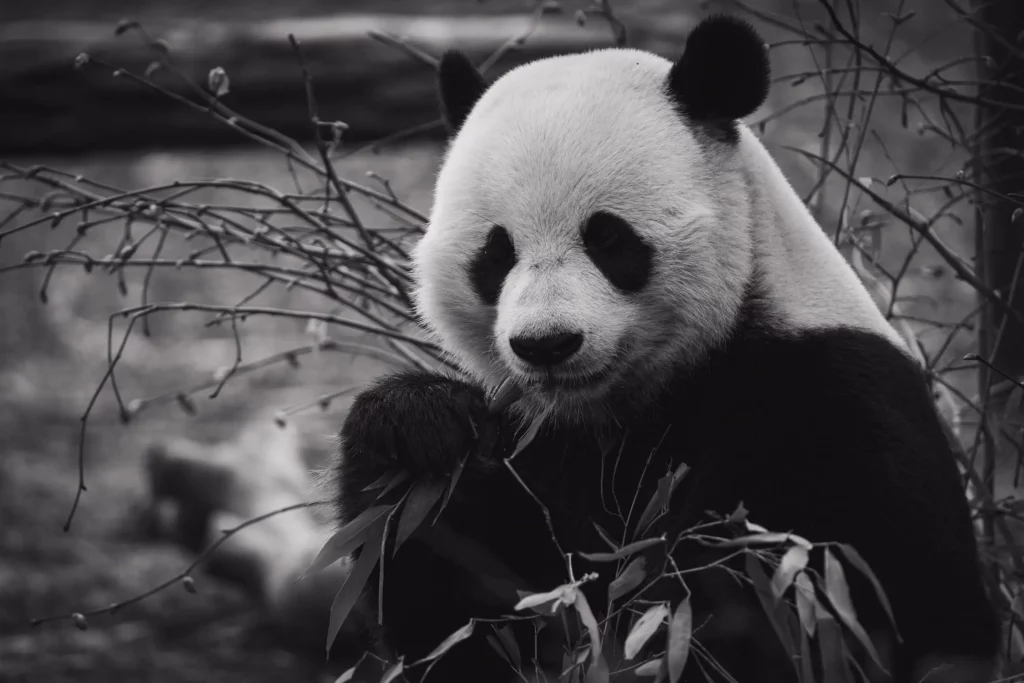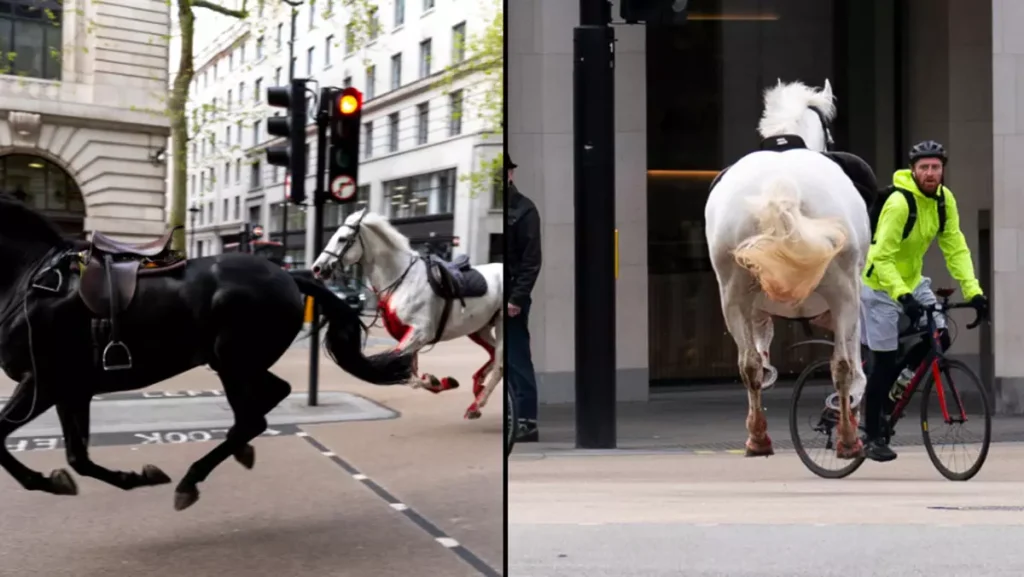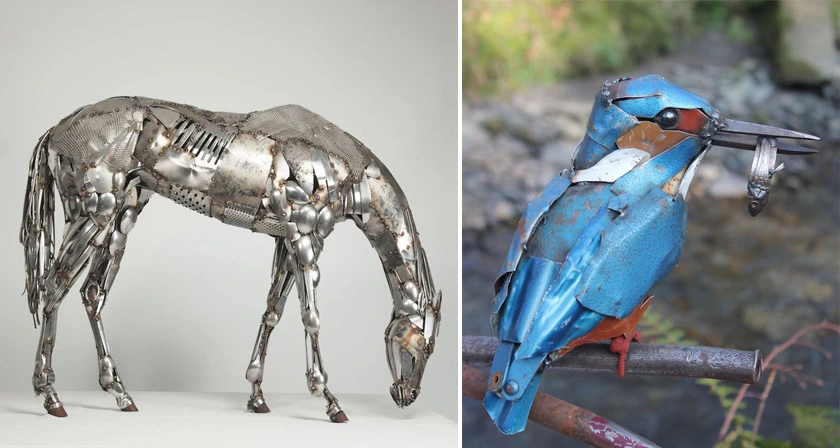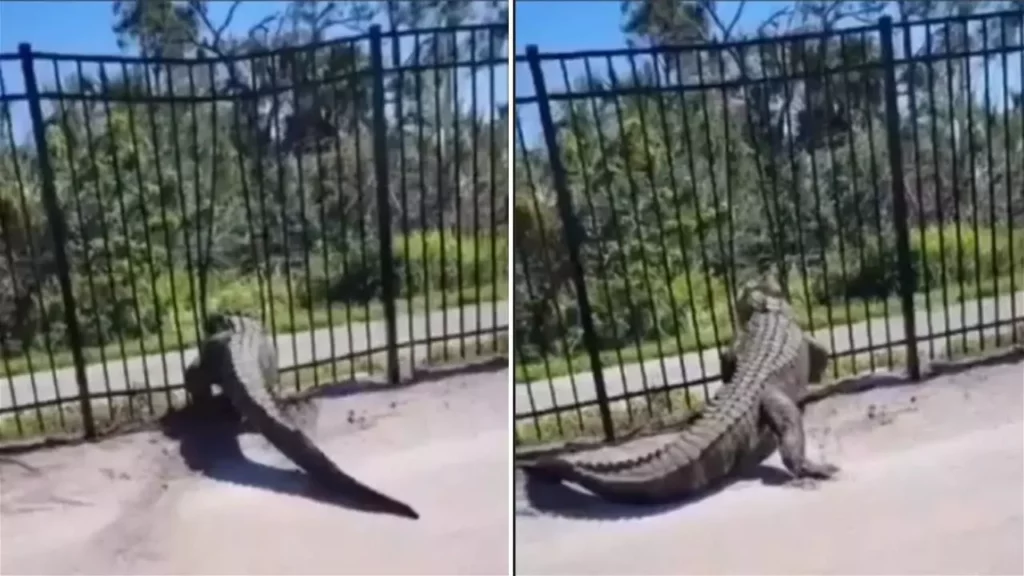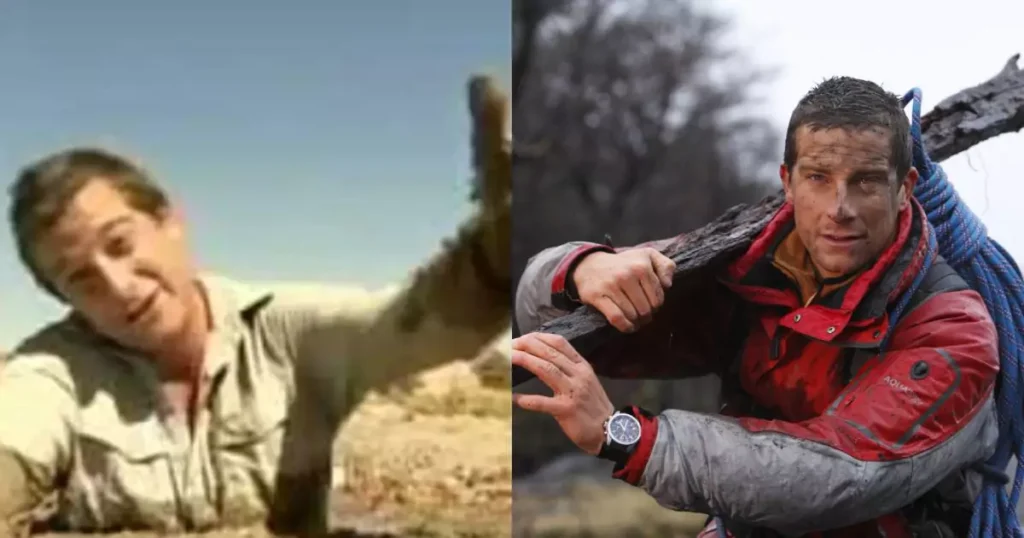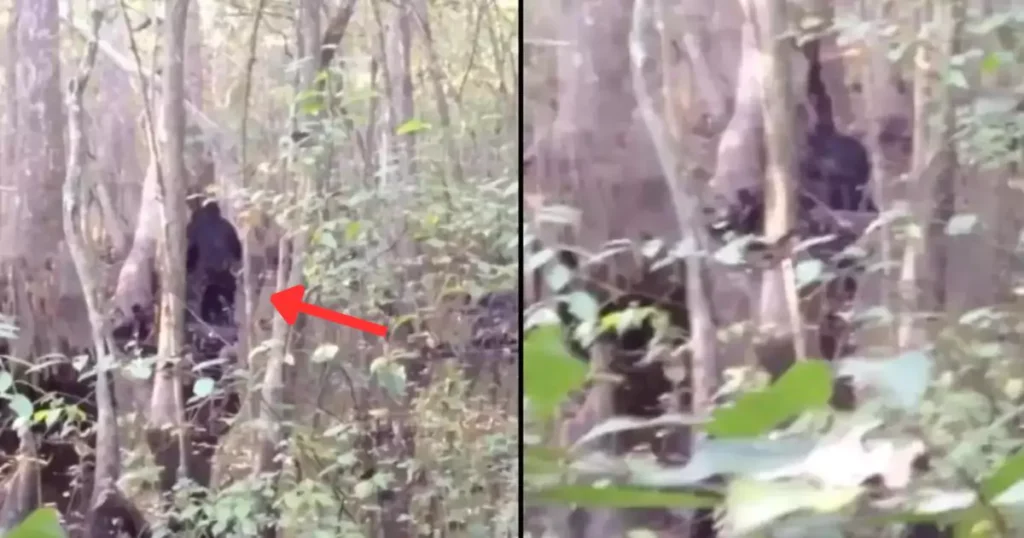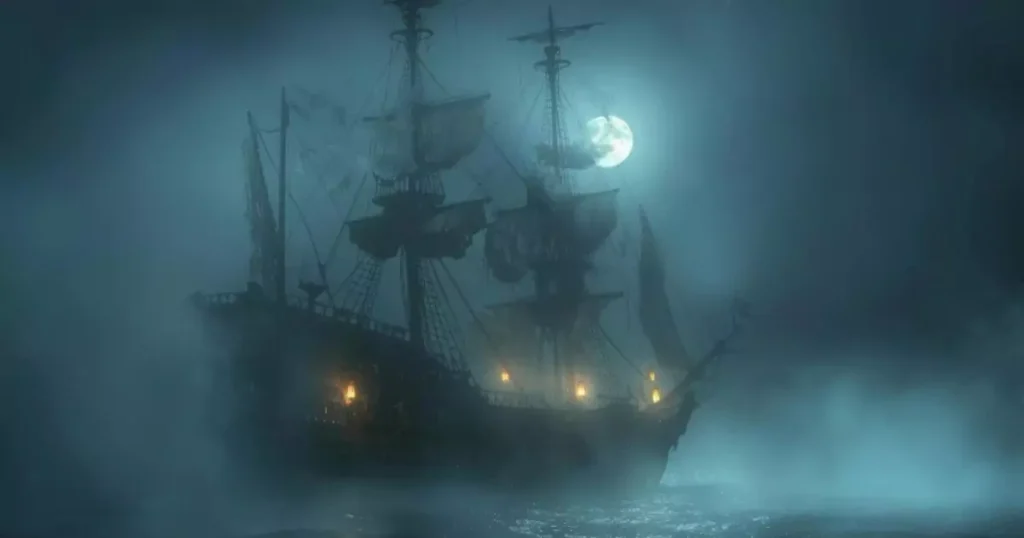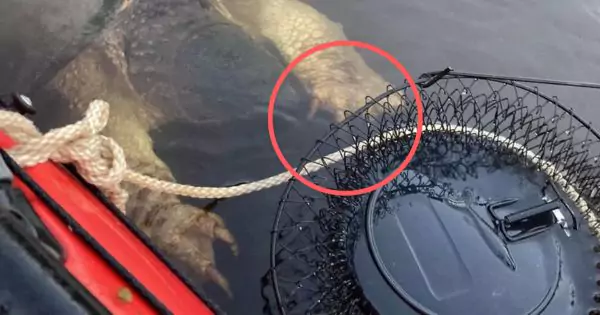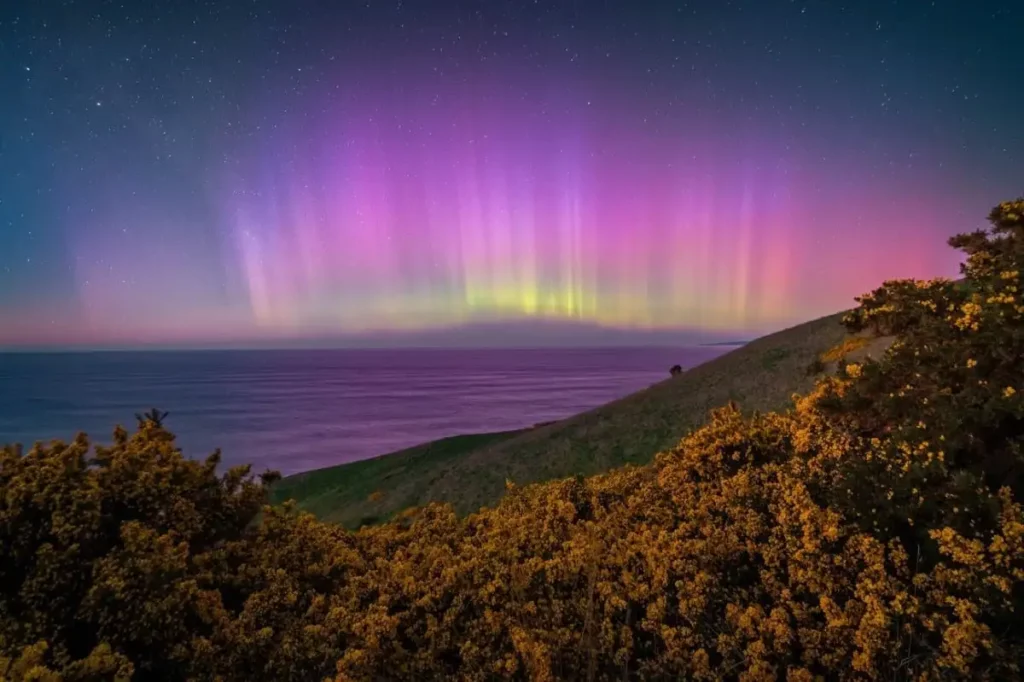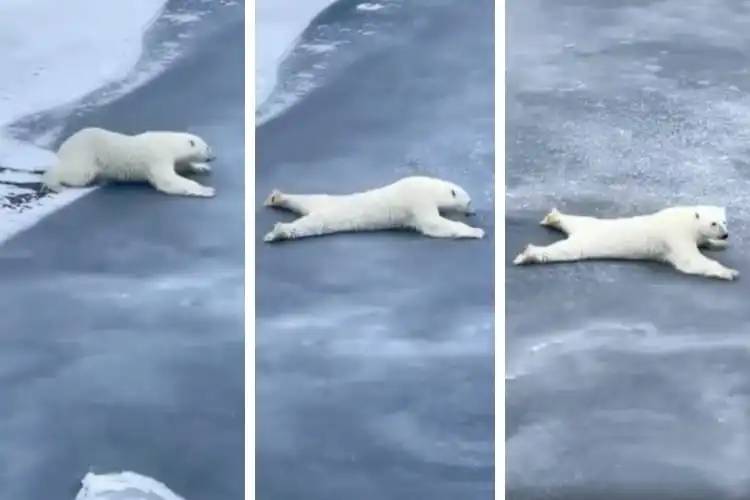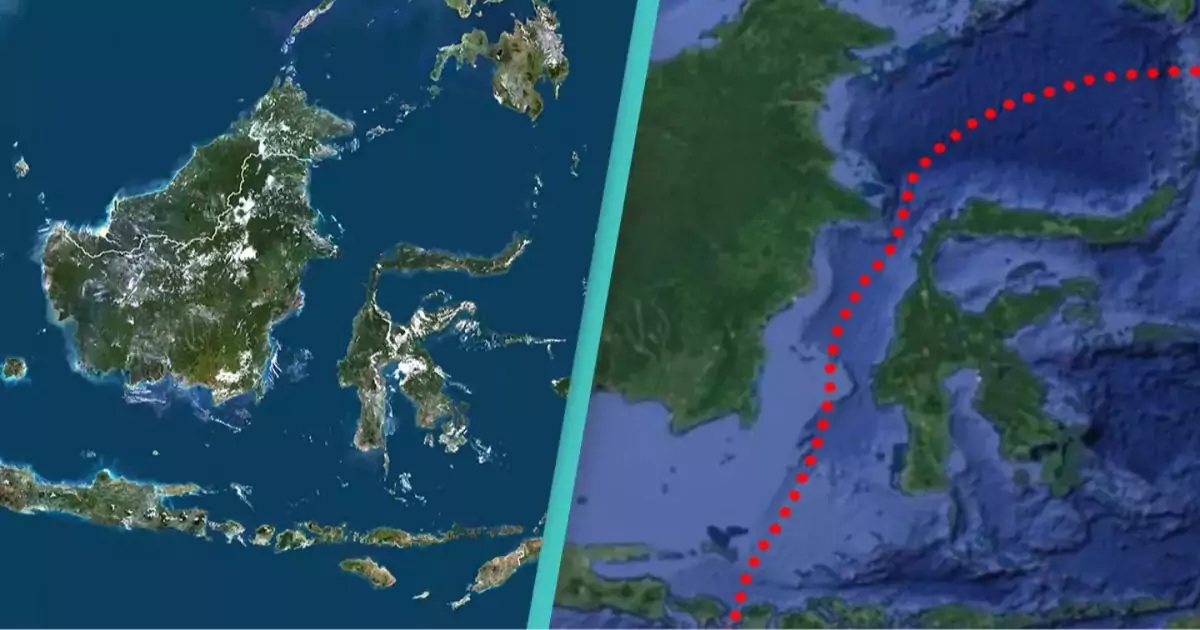
Have you ever wondered why certain animals are found only in specific regions? It turns out, there are invisible boundaries in nature that play a significant role. One such boundary, the Wallace Line, marks a stark contrast in wildlife across its divide. What makes this line truly intriguing is how it separates species based on their evolutionary origins.
The Wallace Line runs through the Malay Archipelago, a chain of over 25,000 islands. These islands are part of modern-day countries like Indonesia, Malaysia, and Papua New Guinea. On one side of the line, you find animals typical of Asia. On the other side, you’ll find species similar to those in Australia. So, why don’t animals cross this mysterious boundary? The answer lies in ancient plate tectonics and the planet’s changing climate.
The Wildlife of Australasia
On the Australasian side of the Wallace Line, the wildlife is truly unique. You’ll find marsupials like kangaroos and wallabies, and monotremes such as the platypus and echidna. These species evolved in isolation for millions of years, adapting to the specific conditions of the region. Since Australia was separated from other continents due to plate tectonics, animals evolved in their own way.
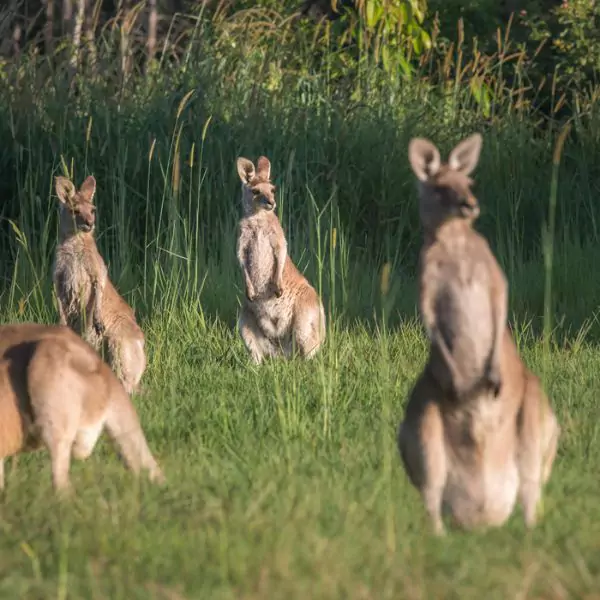
Interestingly, this isolation created species that you won’t find anywhere else. The separation, however, also prevented these animals from migrating beyond the Wallace Line. Thus, the wildlife on this side is distinctly different from its neighbors across the line.
The Rich Biodiversity of Asia
On the other side of the Wallace Line lies Asia, home to large mammals like elephants, tigers, and rhinos. Unlike their counterparts in Australasia, these animals could spread and migrate across vast land masses. As a result, the species on the Asian side evolved in much more connected ecosystems. But what’s fascinating is that while some Asian species could cross the line, animals from Australasia couldn’t.
This sharp difference between the wildlife on each side sparked the interest of Alfred Russel Wallace, a contemporary of Charles Darwin. He noticed the clear boundary during his travels and made the discovery that still baffles scientists today.
Why Don’t Animals Cross the Wallace Line?
The Wallace Line represents more than just a geographical boundary. It’s a divide shaped by millions of years of geological events. After Australia drifted away from Antarctica, it caused the formation of deep ocean trenches along the Wallace Line. These trenches created a natural barrier, preventing species from easily migrating across. This separation allowed animals on each side to evolve differently, based on their unique environments.
Additionally, the drastic changes in the Earth’s climate further influenced the evolution of species. As the planet became cooler due to the Antarctic Circumpolar Current (ACC), species on both sides adapted to their distinct habitats. These changes created the sharp biogeographical distinction we see today.
The Evolutionary Puzzle
One of the most intriguing aspects of the Wallace Line is why certain animals were able to cross, while others couldn’t. For example, Asian tigers and elephants migrated into areas closer to Australasia. In contrast, marsupials and monotremes stayed confined to the Australasian side. This evolutionary puzzle has led scientists to explore the biological and environmental factors that shape migration.
Over time, the Wallace Line has become one of the most significant biogeographical boundaries in the world. It showcases how geology and climate work together to influence the movement and evolution of species.
Islands and Evolution
Islands play a critical role in shaping species. Their isolation allows animals to evolve without the pressures of outside competition. This is why islands often have unique wildlife, much like the Galapagos. The islands near the Wallace Line provided perfect conditions for species to adapt in ways distinct from mainland animals.
In fact, Charles Darwin used islands as living laboratories to understand natural selection. The Wallace Line highlights how isolation creates biodiversity, as seen in the clear differences between species on each side.
Climate’s Role in Evolution
Another major factor in why animals don’t cross the Wallace Line is ancient climate change. When Australia drifted away, the global climate cooled dramatically. This climate shift impacted the wildlife on both sides, leading to further differentiation in species.
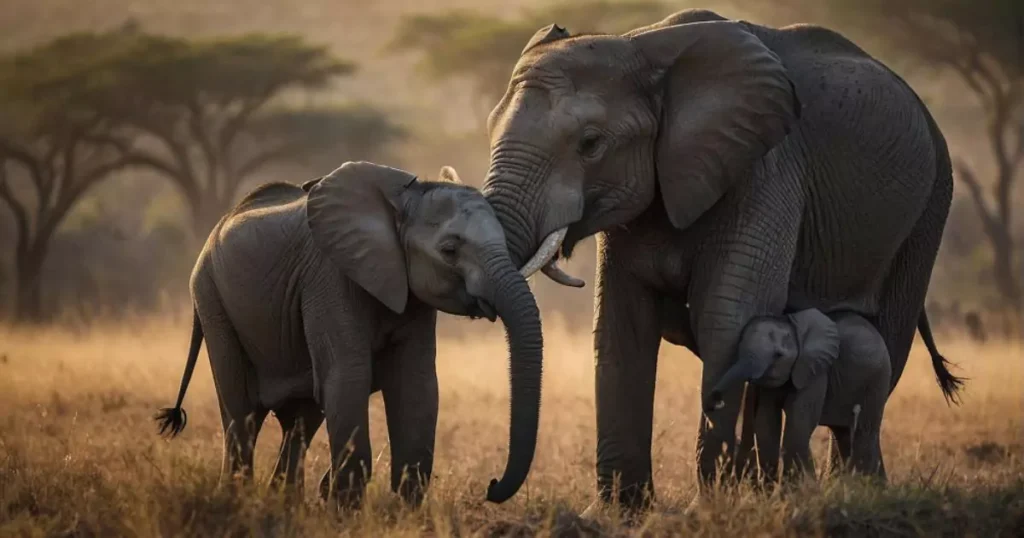
For instance, Australasian animals developed traits to survive in cooler, drier environments. On the other side, Asian animals evolved in warmer, more tropical conditions. These environmental differences further solidified the divide between species across the line.
Understanding the Wallace Line Today
Today, the Wallace Line continues to serve as a valuable tool for scientists studying evolution. It shows how geography, climate, and biology come together to shape the distribution of species. The line also serves as a reminder of how quickly environments can change, affecting the future of wildlife.
As climate change continues to impact the world, understanding these evolutionary boundaries can help scientists protect biodiversity. By studying the Wallace Line, we can gain insights into how species might adapt—or struggle—under modern environmental pressures.
A Fascinating Natural Divide
The Wallace Line is more than just a geographical curiosity; it’s a window into the past. It offers us a chance to understand how the world’s wildlife evolved, isolated from other species by natural boundaries. The clear differences in evolution between Asia and Australasia highlight the powerful role of geology and climate in shaping life on Earth.
This invisible line continues to intrigue scientists, as it showcases the deep connections between species, landmasses, and natural barriers. By learning more about the Wallace Line, we gain a deeper appreciation for the complexity of the natural world and the factors that continue to shape life today.

